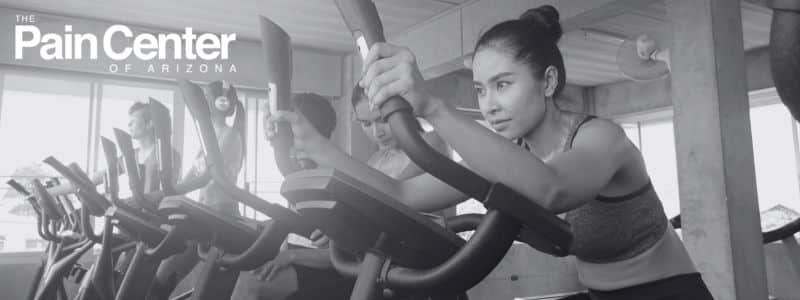
Keep Head, Hands, and Feet Covered to Manage Arthritis
In cold weather conditions, some blood flow is diverted from our extremities to the critical organs of our core, such as our heart and lungs. This results in reduced blood flow to our joints, which can cause stiffness and pain.
Wearing the right clothing when going outdoors can help you ease the chill. Dress in layers to stay warm, and wear socks and waterproof boots to avoid getting your feet wet or damp. Since internal body heat is lost most quickly through the head, hands, and feet, covering these body parts can help maintain the body’s internal warmth.
Eat a Healthy Diet

Eating a balanced diet can help you keep off the extra pounds that can add more stress to your joints. Consider adding foods that can help fight inflammation that can cause joint pain, such as omega-3-rich fish (salmon, tuna, and mackerel), soybeans, green tea, and walnuts.
Proper nutrition also ensures you get the vitamins and minerals you need. Recent studies suggest that low levels of vitamin D may be linked to the severity and progression of arthritis. You naturally get less vitamin D in the fall and winter, and being deficient might make your joints hurt more. The National Institutes of Health (NIH) recommends the following daily amounts of vitamin D:
- Adolescents aged 14-18 years: 600 International Units (IU)
- Adults aged 19-70 years: 600 IU
- Adults aged 71 and older: 800 IU
- Pregnant and/or breastfeeding women: 600 IU
Vitamin D is only absorbed by the body in the presence of calcium, so you also need to consume this mineral on a daily basis in food or by taking a supplement. Without needed Vitamin D and calcium, cartilage cell growth is adversely impacted.
Drink Plenty of Fluids
Staying hydrated is vital for flushing toxins out of your body and keeping your joints lubricated, which reduces joint pain and inflammation. It can also help you to maintain flexibility and reduce the risk of injury.
The typical recommendation is eight glasses a day, however, ask your doctor for a recommendation based on your activity level and health history. If plain water isn’t your thing, try adding berries or freshly cut cucumbers. You could also try green or black tea, which are both rich in polyphenols – plant compounds that have strong anti-inflammatory effects.
Stay Active By Moving Indoors

Exercise eases arthritis pain, and staying active during cold weather can help prevent joints from becoming stiff. There are many physical activities that can be done indoors and are easy to do:
- Riding a stationary bike
- Stretching
- Walking indoors
- Taking a low-impact aerobics or yoga class
- Swimming in an indoor pool
- Taking the stairs instead of the elevator
Talk With Your Doctor About Over-the-Counter Remedies
Topical pain medications – which often come in cream or gel form – can be rubbed on the skin over joints to relieve pain. Counterirritants, salicylates, or capsaicin are common ingredients in these products, and each works differently.
Counterirritants, such as menthol, eucalyptus, and camphor, create a temporary hot and/or cold sensation, which can interrupt pain signals to the brain. Salicylates are chemically similar to aspirin and have a mild anti-inflammatory effect. Capsaicin is derived from chili peppers and is also believed to interfere with pain signals in the brain.
Over-the-counter pain medications, such as acetaminophen, ibuprofen, or naproxen sodium, can help relieve arthritis pain. However, each pain medication comes with its own risks. Talk with your doctor to find out which, if any, of these medications may be right for you.




